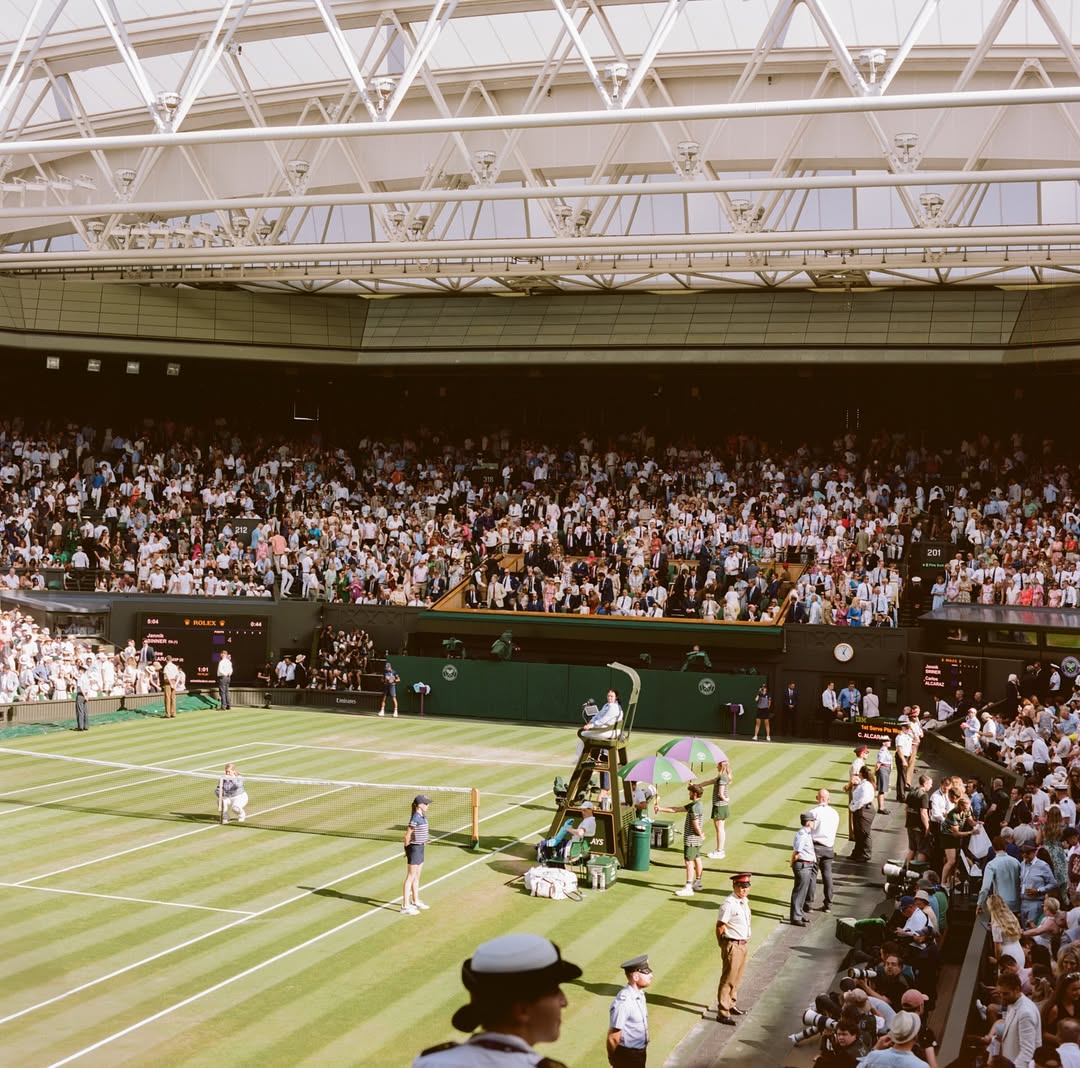The Wimbledon tennis complex is set to almost triple in size following the dismissal of a legal challenge by campaign group Save Wimbledon Park (SWP) at the High Court. SWP had contested the Greater London Authority’s (GLA) approval of planning permission, arguing that the plans for expansion were incompatible with the heritage status and legal protections of Wimbledon Park, a Grade II*-listed site partially designed by famed landscape architect Capability Brown. However, Mr Justice Saini ruled that the decision had been a legitimate planning judgment, made with appropriate consideration of all relevant factors.
++ Lou Reed’s legacy of noise, defiance and uncompromising art
The expansion plans, submitted by the All England Club – which hosts the iconic Grand Slam tournament – include the construction of 38 new tennis courts and an 8,000-seat stadium on land formerly used as Wimbledon Park Golf Club. These facilities will allow Wimbledon’s qualifying matches, currently held in Roehampton, to be hosted on-site. In addition to sports infrastructure, the project will feature parkland improvements, maintenance buildings, access points, and a boardwalk surrounding Wimbledon Lake, offering increased public access.
Although Merton Council initially approved the plans, Wandsworth Council rejected them, prompting intervention from the Mayor of London’s office. Mayor Sadiq Khan, having publicly supported the development, recused himself from the decision, which was ultimately made by Deputy Mayor for Planning, Jules Pipe. He deemed the scheme to offer “very significant benefits” that outweighed the potential harm to the site’s heritage status. The All England Club has maintained that the development would open 27 acres of new public parkland and enhance the experience for both players and visitors.
++ Dozens arrested across UK over support for Palestine action
Legal representatives for SWP argued that the site is protected under a statutory trust requiring its availability for public recreation and that restrictive covenants prevented developments that could impair public enjoyment of the land. Despite this, both the GLA and the All England Club successfully contended that these legal constraints were not material to the planning process. While separate legal proceedings continue regarding the existence of the statutory trust, the court found no grounds to overturn the planning approval.





